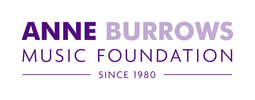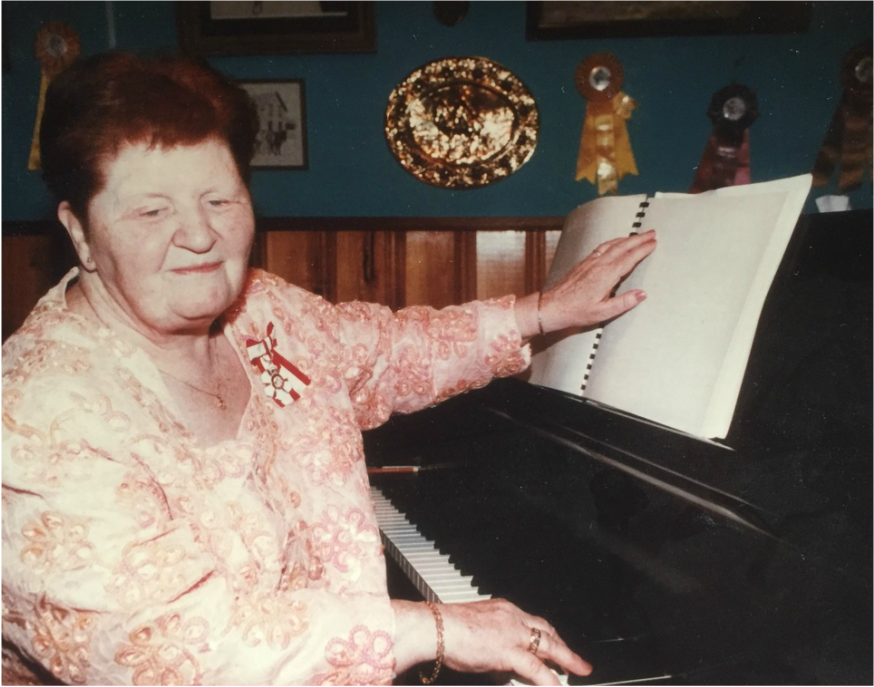Dr. Anne Burrows
Dr. Burrows was one of the founding members of the ABMF. Born in 1922 in a rural community in Alberta, Canada, she became blind at the age of 6. Despite this, Dr. Burrows went on to attend the Royal College of Music in London, UK, where she obtained her Associate of the Royal College of Music in Piano Performance. After teaching for several music institutions in the UK, she returned to Canada in 1952 where she began to teach piano privately.
When she was not teaching piano, she acted as the president of the Edmonton Chamber Music Society, worked as a music consultant for Studio Theatre at the University of Alberta, and became a broadcaster for CKUA radio and the Canadian Broadcasting Corporation.
Dr. Burrows later attended Indiana University in Bloomington, USA, where she was awarded a Masters of Music in piano performance with highest distinction. Following this, she returned to Canada and became a music critic for the Edmonton Journal, in addition to her broadcasting and teaching duties.
Throughout her life, Dr. Burrows has adjudicated numerous music competitions and festivals, established the Alberta division of the Canadian Music Competition, and contributed tremendously to the development of facilities and programmes for the blind. She was awarded an honourary doctorate from the University of Alberta for her outstanding contributions to music education, and was named to the Order of Canada in 1992. She also received an Alberta Centennial Arts medal in 2005.
Dr. Burrows passed away in 2007, but she continues to inspire the AMBF in supporting young musicians today.
When she was not teaching piano, she acted as the president of the Edmonton Chamber Music Society, worked as a music consultant for Studio Theatre at the University of Alberta, and became a broadcaster for CKUA radio and the Canadian Broadcasting Corporation.
Dr. Burrows later attended Indiana University in Bloomington, USA, where she was awarded a Masters of Music in piano performance with highest distinction. Following this, she returned to Canada and became a music critic for the Edmonton Journal, in addition to her broadcasting and teaching duties.
Throughout her life, Dr. Burrows has adjudicated numerous music competitions and festivals, established the Alberta division of the Canadian Music Competition, and contributed tremendously to the development of facilities and programmes for the blind. She was awarded an honourary doctorate from the University of Alberta for her outstanding contributions to music education, and was named to the Order of Canada in 1992. She also received an Alberta Centennial Arts medal in 2005.
Dr. Burrows passed away in 2007, but she continues to inspire the AMBF in supporting young musicians today.

